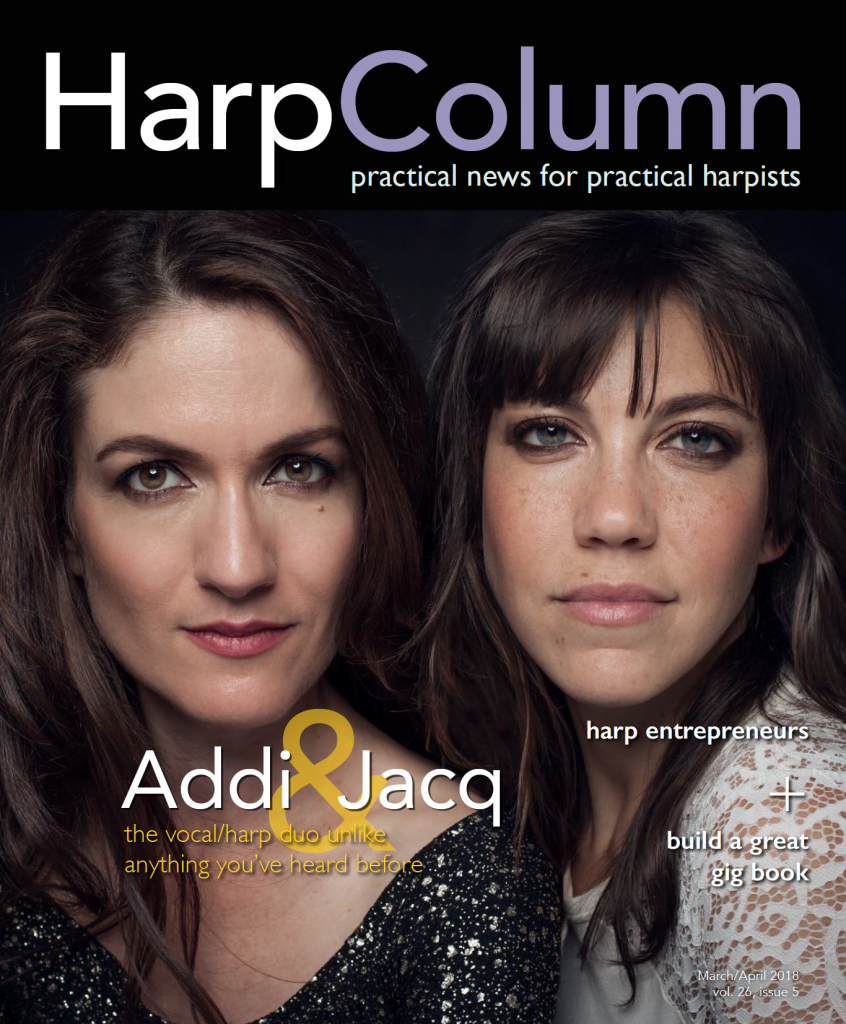Last week, my 11-year-old son came home from school and asked me if I had ever heard of this piece called Rhapsody in Blue. Why, yes. Yes, I have. Before I could launch into my Gershwin 101 lecture, the kid had pulled up a recording of the piece on YouTube.
…there is just no substitute for the connection that can happen when performers and their audience breathe the same air and share the same moment in time.
“Wow, this guy is pretty good,” he says of the soloist. Curious who it is, I look over his shoulder. It’s none other than Leonard Bernstein conducting and performing with the New York Philharmonic. The video recording from a 1976 performance in Royal Albert Hall is captivating, and prompts endless questions. “Why is the clarinet player lifting his instrument up to point it at the audience? How can he play all of those notes on the piano? How does the orchestra know when to come in when he isn’t conducting?”
I, on the other hand, have just one question: does this kid have any idea how good he has it? He can type three words into a search box and watch a world-class performance. Trying not to sound like a bitter old woman who had to walk to school uphill both ways, I had to point out that the access we have to music on the internet is truly a luxury not lost on anyone who grew up tethered to a record player in the listening library.
We all know that the internet, and specifically YouTube, is not just a cache of transcendent musical performances, though. For every Bernstein performing Gershwin, there are dozens of less-than-stellar recordings, many of them sounding like something only a mother could be proud of, and several of them inevitably involving a cat. YouTube also gets a bad rap from a lot of harpists for inspiring some outlandish wedding music requests from every corner of the pop music world. Read our article “Build a Better Gig Book” on pg. 32 for more on this music trend.
But back to that Rhapsody in Blue performance. A second question came to mind after I asked myself the first one. If this kid’s mind is blown by a grainy video with sound coming out of standard computer speakers, how would a live performance of the piece affect him? I actually think about this question all of the time. As a musician, when I get a free weekend, often the last thing I want to do is go hear a concert. But there is just no substitute for the connection that can happen when performers and their audience breathe the same air and share the same moment in time.
I was reminded of this fact again recently when I had the chance to hear Addi & Jacq, the harp and vocal duo featured on this issue’s cover, perform live. I had heard their recordings countless times, and I really dug their music. But friends who had heard them perform in person kept telling me, “You really need to hear them live.” They were right. Addi & Jacq are magnetic performers. Their music makes you want to pull your chair closer and listen to them tell stories all night. I found myself smiling, being drawn into their music without even realizing it.
How do performers do this? How do they connect with their audience like this? “I think more and more you realize that you are in control of the performance experience,” says the vocal half to the duo, Addi McDaniel, in our interview on pg. 18. “If you want it to be fun, then it will be fun. If you want it to be stressful and torturous, it will be.” Listening to the music and feeling the energy these two bring to the stage, it’s clear they are in full control of their performance experience.
So go read our interview with Addi & Jacq and listen to some of their performances online. But if you have a chance, get out to a concert and hear them live. You’ll be happy you did. •






